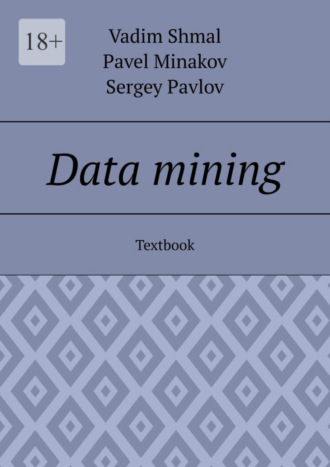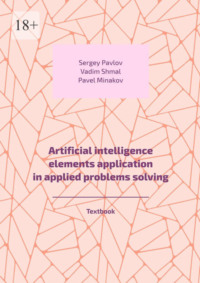Data mining. Textbook

Полная версия
Data mining. Textbook
Жанр: учебная и научная литератураестественные наукиматематикапрочая образовательная литературазнания и навыкифизика и математика
Язык: Русский
Год издания: 2023
Добавлена:
Настройки чтения
Размер шрифта
Высота строк
Поля
Конец ознакомительного фрагмента
Купить и скачать всю книгу

